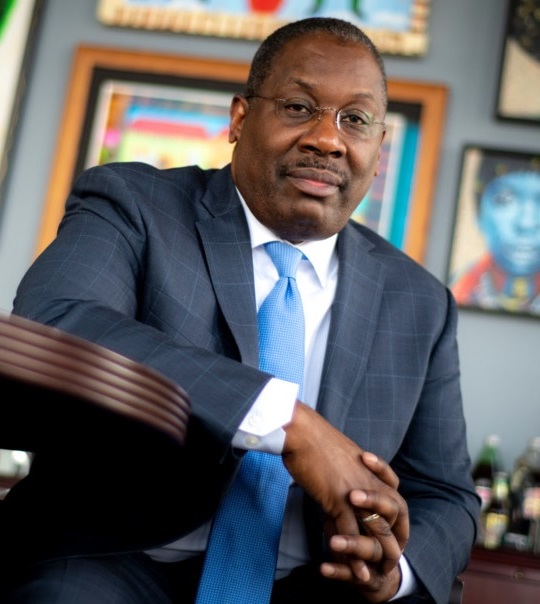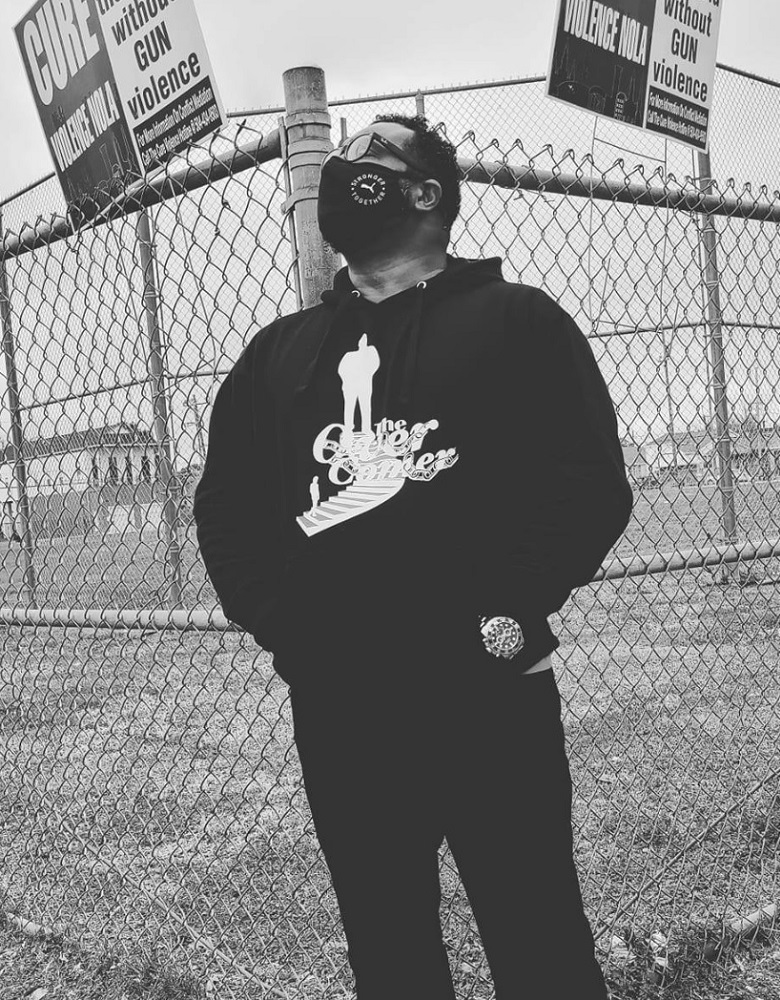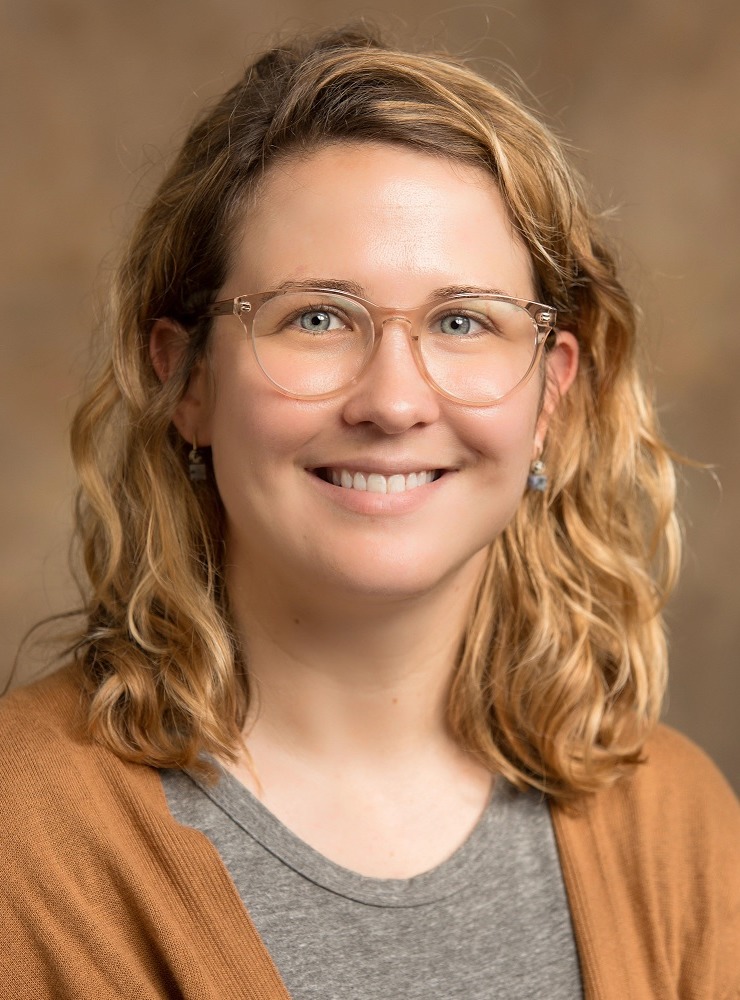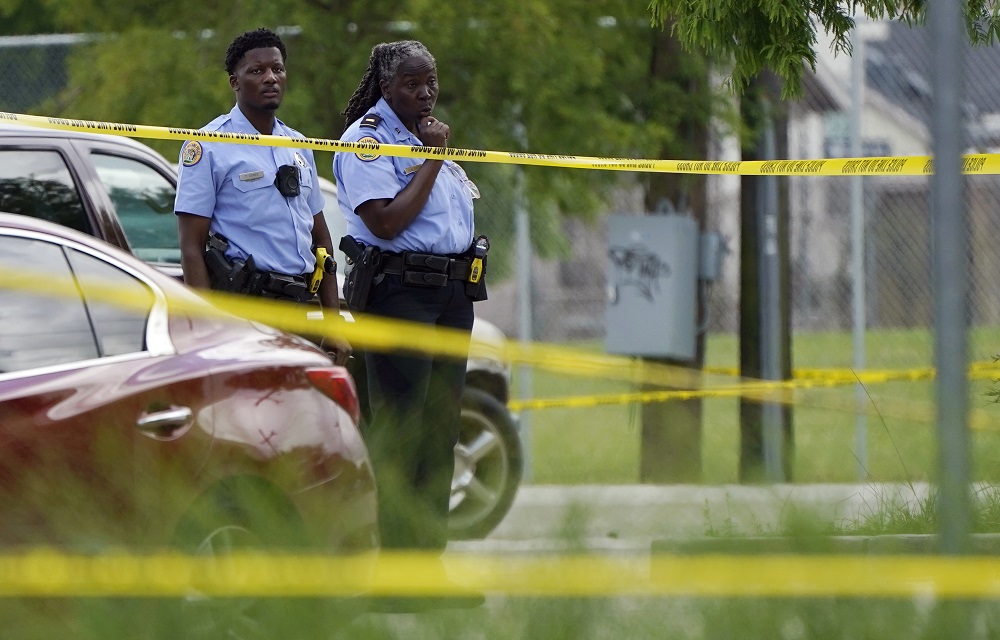As of Tuesday, New Orleans had racked up 154 gun murders, exceeding 2021’s total of 118 such slayings. With 295 non-fatal shootings by this week, the Crescent City appears on track to exceed the 319 non-fatal shootings of 2021.
To whittle away at that data and stop the human carnage they reflect, Mayor LaToya Cantrell last year launched the Office of Gun Violence Prevention. That office funds and evaluates efforts to especially reduce gun violence among youth — 15- through 24-year-olds nationwide accounted for most of a prior decades’ surge in firearm-driven homicides — and has partnered in an effort largely lead by public health professionals who are tackling the problem as more than merely an issue of crime and punishment.
“You can’t just look at the act of a shooting or a murder. You have to look at all the things that happened before the shooting took place,” said Thomas LaVeist, dean of Tulane University’s School of Public Health & Tropical Medicine.

Courtesy of Tulane University
Thomas LaVeist
Tulane is part of that citywide collaboration, funded by the federal Centers for Disease Control and Prevention, to address youth gun violence. Also in that collaboration are law enforcement officials, representatives from community-based organizations, social workers and other players. Together, they are charged with making inroads in a city ranking among the nation’s top five for gun violence, where the population is 60% Black and, LaVeist said, factors that help fuel gun violence include untreated trauma and other mental health conditions, substance abuse, hopelessness, poverty and even the emotional, economic and psychological impacts of a lingering COVID-19 pandemic.
“This reality is a part of a much bigger story of how African Americans became stuck in profoundly unhealthy neighborhoods,” LaVeist said.
But that unhealthiness and its systemic causes have not been considered nearly enough, said activist Calvin Pep, who began circulating amongst those who carry firearms as tools of crime and, in their minds, survival, when he was about 12 years old.
“In New Orleans, there is a punish-the-behavior mentality,” said Pep, who was shot when he was a teen and admittedly shot at others. “But we need to look at the causes to get to the bottom of it.”
Strategies based on research
“Simply using policing is not the solution,” Tulane’s LaVeist said, “especially when you think of the fact that a significant number of … shootings are at the hands of the police.”

Courtesy of Calvin Pep
Calvin Pep
Rather, public health researchers are collecting data and connecting the dots in ways that traditional law enforcement, police reports and so forth do not. New Orleans’ public health approaching relies on such tools as the CDC’s National Violence Data Reporting System, which, according to that website, “links information about the ‘who, when, where, and how’ from data on violent deaths and provides insights about ‘why’ the deaths occurred.’”
According to the Giffords Law Center, Black Americans overall were 10 times more likely and Black youth 14 times more likely to be killed by gun violence than their white counterparts.
In New Orleans Black men made up 30% of the population but were 80% of the city’s homicides, according to the most recent data. Shootings, police said, accounted for 90% of homicides and those killed mainly were Black men.
“The socio-economics, as well as the mental health issues, have had a lot to do with it,” said community health and behavioral sciences professor and researcher Julia Fleckman, associate director of Tulane’s Violence Prevention Institute. “So much of the violence you see here comes from people who have not developed the skills to handle their emotions.”
She continued, noting New Orleans’ current gun-violence surge:
“We have had rates in terms of firearm injury and homicide that we haven’t seen for about close to twenty years.”
The research team from Tulane’s schools of public health, medicine and social work is probing how public health concepts and practices might mitigate the levels of violence and trauma in New Orleans, which, like the rest of the nation, lacks the mental health clinicians and related services needed to treat mental illness or build up people’s resiliency.
But there are other efforts to relieve daily stressors that some in New Orleans face. Job training and employment programs, for example, are focused on the 16- through 30-year-olds committing and victimized by most of New Orleans’ gun violence. “We are also working to address the most immediate needs,” Fleckman said, “and mediation for people who have been shot” and their shooters.
Triaging gun victims region-wide

Courtesy of Julia Fleckman
Julia Fleckman
Tulane University Medical Center draws many gunshot victims from around the state, offering them a menu of services that are not only medical.
“We have response teams made up of social workers who go out and provide more long-term case management and support not only for the survivors of gun violence, but their direct family and support systems,” said Fleckman, of that approach, which also includes mental health support.
Those teams are working to understand what is happening and to gauge the outcomes of programs, partnerships and services, hoping those results also will help shape gun violence reduction policy and practice.
Building trust is a delicate dance
Tulane’s multi-pronged approach is a good thing, said activist Calvin Pep, also a licensed addiction counselor.
Previously, he ran Ceasefire New Orleans, which, in 2021, morphed into the city’s current Office of Gun Violence Prevention. Ceasefire encountered some difficulties in garnering the trust of some residents, partly because of longstanding frictions between the New Orleans Police Department and some communities.
“When people find out that you’re working that close with government, it takes away the credibility of the programs,” he said, of his job with Ceasefire. “Many policing programs that deal with gun violence call on community involvement to make a difference. But they fail to acknowledge the risks and costs to individuals and residents.”
He continued: “People don’t feel that they will be protected if they’re coming forward with information as it relates to anything dealing with gun violence.”
Prior public health initiatives
Public health campaigns and programs have fueled policy changes and reduced sickness and deaths in such areas as smoking and car crashes over time, note the clinicians and researchers who are aiming to bring some of those winning lessons to the fight against gun violence.
Nationally, the American Public Health Association and Brady Center to Prevent Gun Violence have convened a diverse coalition of organizations to tackle gun violence and share information and tactics to prevent gun deaths and injuries. They include violence prevention advocates and others in medicine, academia, suicide prevention and law enforcement.
That work must be done in light of differing patterns of gun ownership and gun culture, region to region. The lack of strong gun restrictions, especially in the South, is linked to its disproportionately higher level of gun violence, compared to other parts of the country, said lawyer Kris Brown, president of the Brady Center and a former congressional staffer.
“Nationally, there has been a sixty-seven percent increase in gun sales since COVID and the George Floyd murder,” said Brown, who’d helped develop the landmark 1993 Brady Act mandating background checks for people seeking to buy guns from federally licensed dealers. Framing gun violence as a public health issue — akin to a years-ago movement to have everyone wear a seat belt while in a moving vehicle — can help bring more resources to the problem, she said. She sees that treating gun violence as a public health issue also will lead to more data and research on the topic.
Funding to ramp up research
Earlier this year the Biden Administration proposed a multi-disciplined initiative to address gun violence, to the tune of $5 billion. “It is the largest proposed dedicated investment in preventing gun violence,” Brown said, of those funds, part of the proposed as a part of Build Back Better legislation. It passed in the House but has been stalled in the Senate.
After this year’s Uvalde School shooting, Congress passed and President Biden signed the first gun safety legislation in this country in 40 years. But will it go far enough to reduce the number of gun deaths, especially among young men of color? Some advocates are skeptical.
“What’s also lacking,” added Pep, one of those skeptics, “are meaningful efforts to help those who’ve been incarcerated for gun crimes. They put people in prison, but don’t give them the tools for when they get out. In fact, often they get more violent in prison than [they were] when they went in.”
“It is,” Tulane’s LaVeist said, “very difficult to do work in this area and do it well. But it is really important to do it.”






























